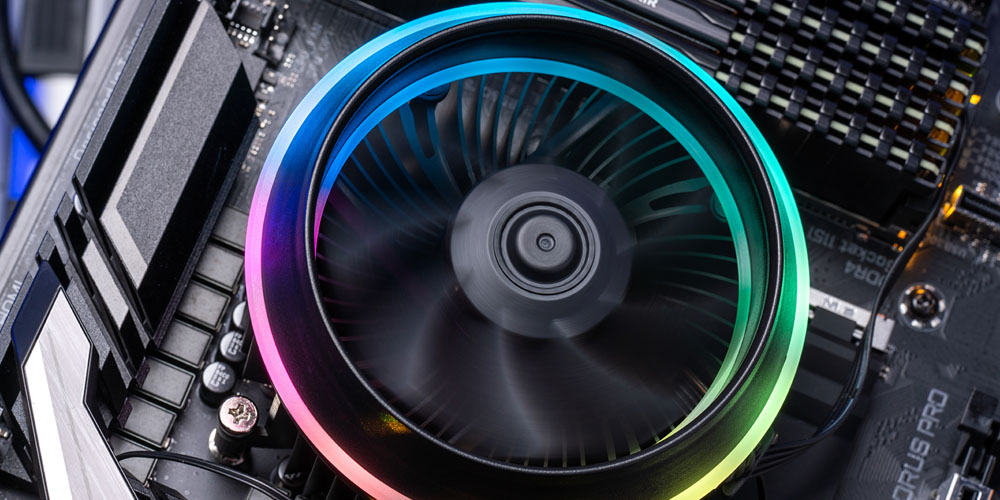As you know, the computers that were used in the past are not so reliable and they produce so much heat that they have to be cooled down. As time passes new computers with new ideas and features are introduced into the market.
In the present time, we have many computers that come with a CPU heatsink system which helps to increase the lifetime of the heat sink pc. It emits extra and unnecessary heat from the CPU. It also helps in making the computer work faster and more accurately. CPU heatsink comes with many features which can prove beneficial for you.
Choose the Right PC Heat Sink
We all know that while designing any electrical design the factor plays a key role in the management of the thermal process. The heat sink pc is the most efficient factor that enhances a computer’s product life. While choosing the right heat sink, a person must have basic information about each of the steps.
This information will help him to create a road to his destination by using simple but important steps such as bricks. These steps along with their further insight are discussed below:
Heat Transfer Types
Firstly, it’s necessary to have data about the general types of heat transfer which include radiation, conduction, and convection. Electromagnetic radiation becomes the cause of radiation heat transfer.
Due to the movement of molecules, conduction takes place and when the fluid from the hot surface moves to the cold surface, then this bulk movement of molecules is referred to as convection.
Designing Of Heat Sink
If you want your heat sink pc design to be the best, then there are some considerations you must keep in mind. Some considering include:
- Insulation requirements
- System cost
- Size of product
- Ambient temperature
- IP rating
- Power Dissipation: Determination of the power that a semiconductor device dissipated is the initial step. We are allowed to follow different methodologies to calculate how much power loss is done by a particular semiconductor device.
- Datasheet Values: After power dissipation, the next step is extracting the thermal resistance value.
Heat Sink Calculation
Once a person determines the thermal resistance value and the power dissipation then, it becomes clear that the computer needs a heat sink pc. The following steps are to be taken for the selection of the correct heat sink:
- Temperature of Junction: First, we have to determine the temperature of the target junction. If we want our heat sink to be fully efficient then the junction temperature should be 100°C.
- Ambient Temperature: Different devices operate best at different temperature values. Hence, it’s important to figure out the ambient temperature.
- Thermal Resistance: Thermal resistance of the device has to be calculated and this calculation will be based on the above result.
- Heat Sink Thermal Resistance: Now, it’s time to calculate the total thermal resistance of your designed application. Here, you also have to determine the maximum thermal resistance value.
- Natural Convention: The natural convention will be according to the value of thermal resistance.
- Forced Air Convention: Once the cooling mode of a heat sink is determined then finding the junction temperature becomes very simple. By adding forced air convection, the performance of the heat sink can be taken to a great extent.
Comparison of Electronic Components
Now that you have successfully done all the heat sink calculations, then it’s time to compare the electronic components and their parts. The entire above procedure will make a person fully aware of each step that has to be taken for choosing the best heatsink for pc.
Conclusion
CPU heatsink is a process in which the computer is cooled by emitting the undesirable heat produced by the computer as a reaction to using the computer.
By using a CPU heatsink system your things in the CPU have a lot of extra space so its speed will enhance due to the low load of data. While using a CPU heatsink system you must have to know some things like which element is used in it, the number of fins, and many more.
